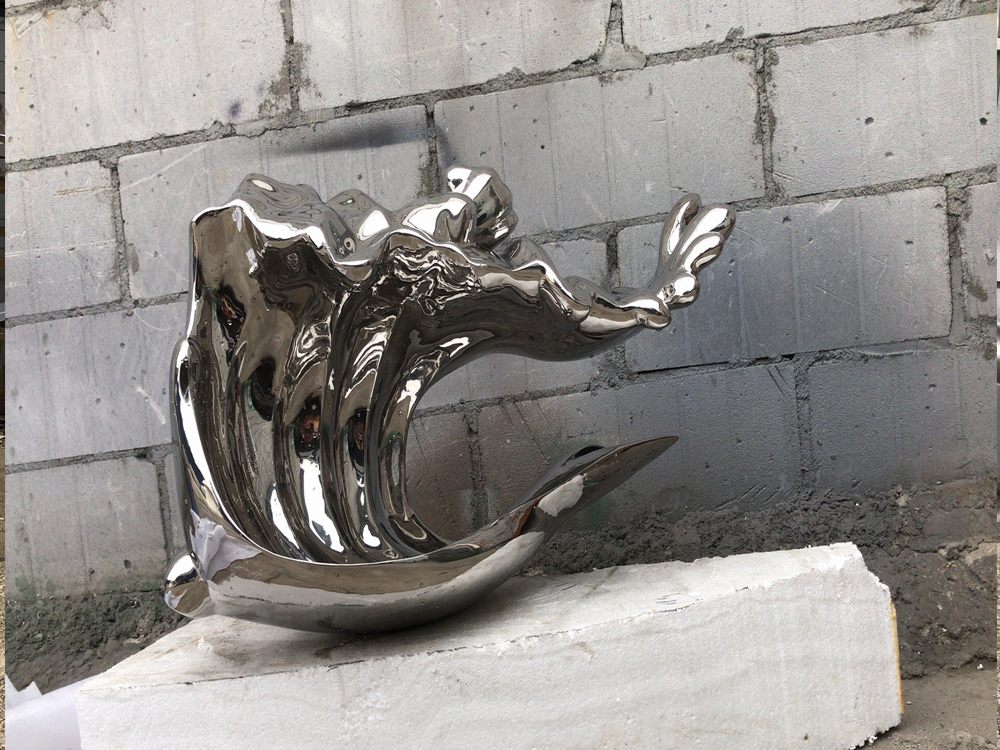
Creating bronze sculptures that interact with water features is a fascinating blend of artistry, engineering, and creativity. Artists begin by designing a sculpture that harmonizes with water’s movement, often incorporating elements like cascading streams, sprays, or gentle ripples. The process starts with detailed sketches or digital models to visualize how water will flow around or through the sculpture.
Once the design is finalized, artists use traditional bronze casting techniques, such as lost-wax casting, to bring their vision to life. This involves creating a wax model, encasing it in a ceramic mold, and then pouring molten bronze into the mold. After cooling, the sculpture is meticulously polished and treated to resist water corrosion.
A critical step is integrating the sculpture with water pumps and plumbing systems. Artists collaborate with engineers to ensure proper water pressure and flow, creating dynamic interactions like splashes or smooth laminar streams. The result is a mesmerizing fusion of solid bronze and fluid water, transforming public spaces and gardens into immersive art experiences.
By mastering both sculptural techniques and hydraulic engineering, artists craft bronze sculptures that not only stand as standalone artworks but also engage dynamically with their watery surroundings.

